The Game of Giants
In June, Elon Musk believed AI would surpass human intelligence by the end of 2026. In July, Sam Altman of OpenAI declared that his technology would “reshape the course of history.” Mark Zuckerberg dreamed of “personal superintelligence.”
These grand promises are backed by an incredible rain of money. In 2025 alone, the five tech giants are expected to spend $371 billion on building mega-data centers. That figure, according to McKinsey, could balloon to $5.2 trillion by 2030.
These staggering numbers paint a rosy picture. But peel back the cash flow and a much more complex and worrying picture emerges. The AI revolution is, in fact, being powered by a “closed financial loop”—a game in which the house is the biggest player.
Consider this tangled web: Nvidia, the $4.5 trillion chip giant, plans to invest $100 billion in OpenAI. OpenAI is buying cloud computing services from Oracle and infrastructure from CoreWeave. Ironically, Oracle is spending tens of billions of dollars on Nvidia’s own chips to power OpenAI, while CoreWeave is also receiving significant funding from Nvidia. Most recently, OpenAI signed a deal to buy chips from Nvidia rival AMD, with the right to buy up to 10% of the company’s shares.
The money flows in a diamond club: Nvidia provides funding and chips, OpenAI develops models, cloud companies like Oracle and CoreWeave build infrastructure using Nvidia chips to serve OpenAI, and all are valued at astronomical prices.
This is a self-sufficient ecosystem where demand and growth seem to be generated internally, rather than coming from the real market.

Observers warn that the intertwined relationship between tech giants in the AI race is reminiscent of the “tech bubble” of two decades ago (Photo: Getty).
The growth illusion on the mouse wheel
The core question that big-name investors like Harris Kupperman of Praetorian Capital are asking is: "Will this investment ever pay off? I think the answer is: almost impossible." He bluntly calls it a "bubble."
The numbers seem to support the skeptics. Experts at Exponential View estimate that the entire AI industry will generate just $60 billion in revenue by 2025—a paltry sum compared to the $371 billion in investment. Bain & Co. is even more pessimistic: Big Tech will need to generate an additional $2 trillion in revenue a year to break even on its data centers by 2030. Even the most optimistic scenario suggests they will be short as much as $800 billion a year.
This shortfall exposes the fatal flaw of the current model. Unlike the 19th-century railroad bubble or the early 2000s telecom bubble, which left behind sustainable infrastructure (rails, fiber optics), AI investment is akin to a “mouse wheel.”
Graphics processing units (GPUs) – the heart of AI – become obsolete after just a few years. This means companies must continually pour money into them to stay competitive, a cost spiral that has no end.
In addition, physical barriers are looming. Building a data center takes two to three years, but connecting it to the grid can take up to eight. Virginia, the “data center capital of the world ,” has warned that meeting the entire energy needs of these projects is “very difficult.”
More importantly, the actual effectiveness of AI in business remains a big question mark. A McKinsey report found that nearly 80% of businesses that applied generative AI did not see a “significant impact on profits.” The somewhat lukewarm launch of GPT-5 also raises the question: is the era of “more data makes better AI” coming to an end?
Systemic risks from hidden debts
The “inside-in” relationships between AI giants are reminiscent of the dark days of the dot-com bubble, when companies inflated each other’s valuations through circular deals. Gil Luria, managing director at DA Davidson, warns that these deals can “artificially inflate their valuations,” and that once investors realize this, a “dump” is inevitable.
More dangerously, the financial picture is becoming increasingly opaque. To finance their expensive race, companies like Meta, OpenAI, and CoreWeave are increasingly relying on private debt funds, often through “special purpose vehicles” (SPVs). These financial instruments help them “hide debt” off their balance sheets, making it extremely difficult to assess risk.
This risk is no longer confined to Silicon Valley. According to investor Paul Kedrosky, it is spreading to ordinary investors. Private equity funds are raising money from insurance companies and real estate ETFs to invest in data centers. And of course, anyone who owns shares in the seven tech giants (Apple, Google, Amazon, Meta, Microsoft, Nvidia, Tesla)—which account for 35% of the S&P 500—is indirectly betting on this game.
If AI fails to deliver as expected, “tech stock markets could see a sharp decline, with negative spillover effects for the broader economy ,” Oxford Economics warns.
Source: https://dantri.com.vn/kinh-doanh/dau-tu-cheo-cac-ga-khong-lo-cong-nghe-dang-tu-thoi-phong-bong-bong-ai-20251010190538125.htm



![[Photo] General Secretary attends the parade to celebrate the 80th anniversary of the founding of the Korean Workers' Party](https://vphoto.vietnam.vn/thumb/1200x675/vietnam/resource/IMAGE/2025/10/11/1760150039564_vna-potal-tong-bi-thu-du-le-duyet-binh-ky-niem-80-nam-thanh-lap-dang-lao-dong-trieu-tien-8331994-jpg.webp)

![[Photo] Opening of the World Cultural Festival in Hanoi](https://vphoto.vietnam.vn/thumb/1200x675/vietnam/resource/IMAGE/2025/10/10/1760113426728_ndo_br_lehoi-khaimac-jpg.webp)

![[Photo] Ho Chi Minh City is brilliant with flags and flowers on the eve of the 1st Party Congress, term 2025-2030](https://vphoto.vietnam.vn/thumb/1200x675/vietnam/resource/IMAGE/2025/10/10/1760102923219_ndo_br_thiet-ke-chua-co-ten-43-png.webp)






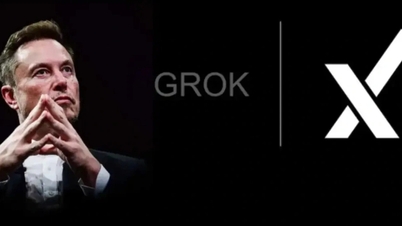

















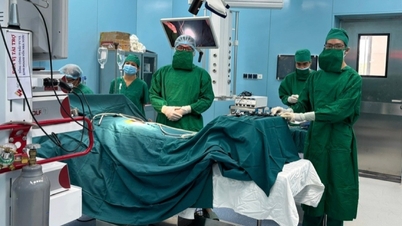









































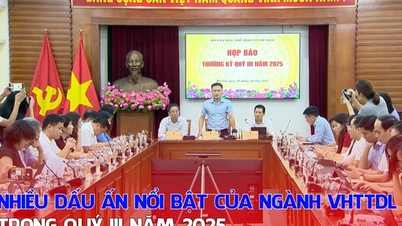



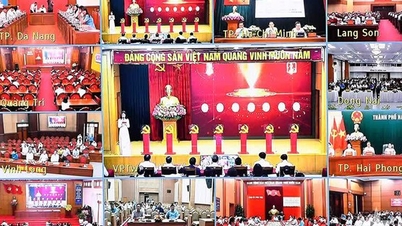

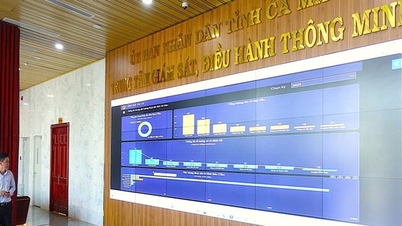
























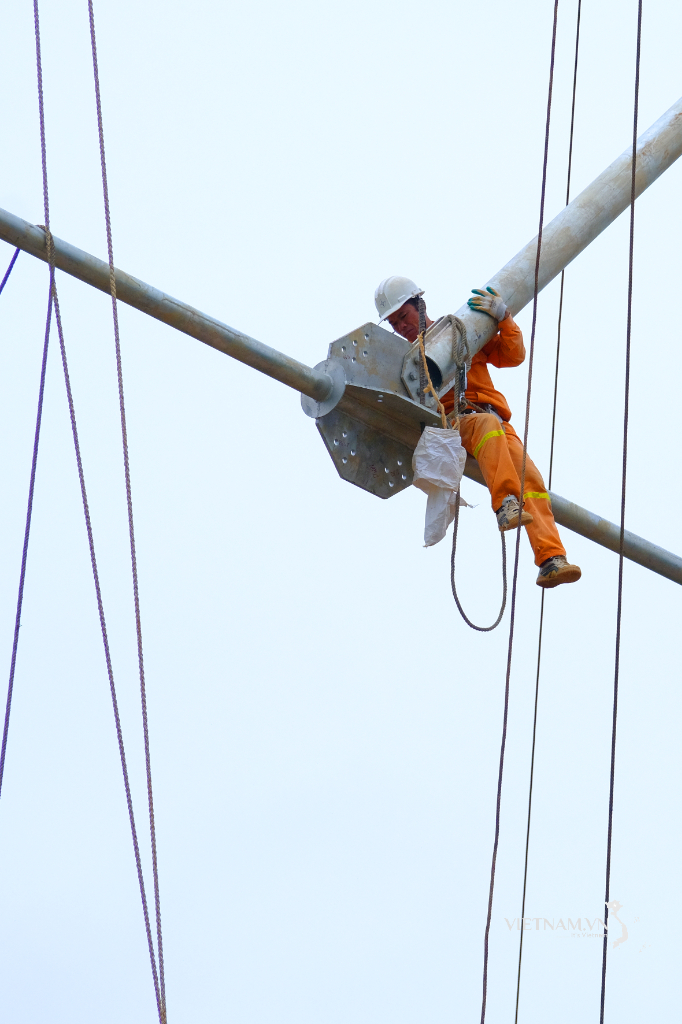


Comment (0)